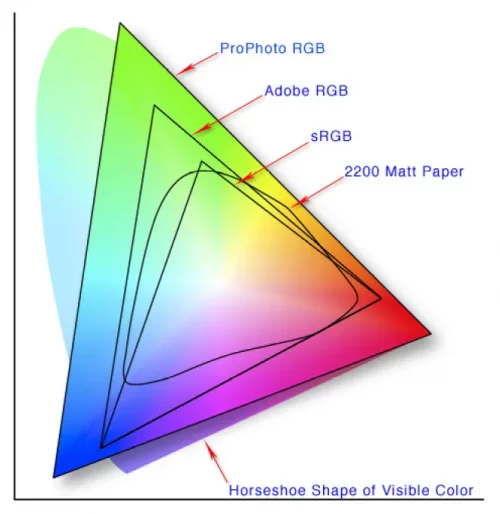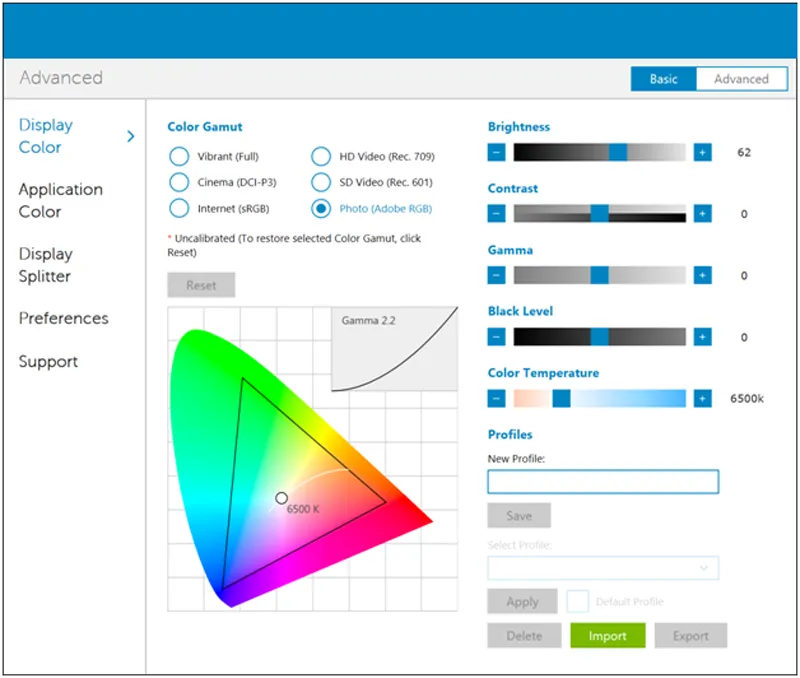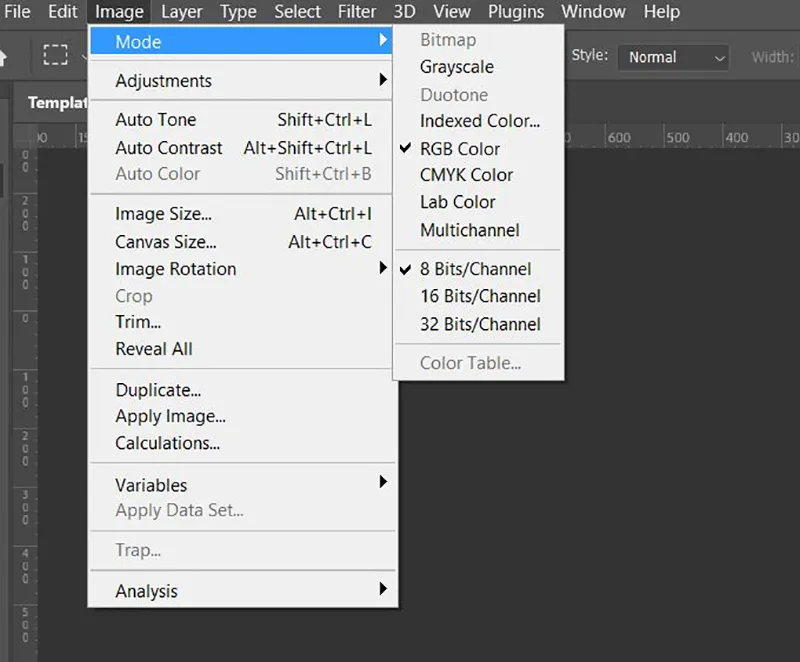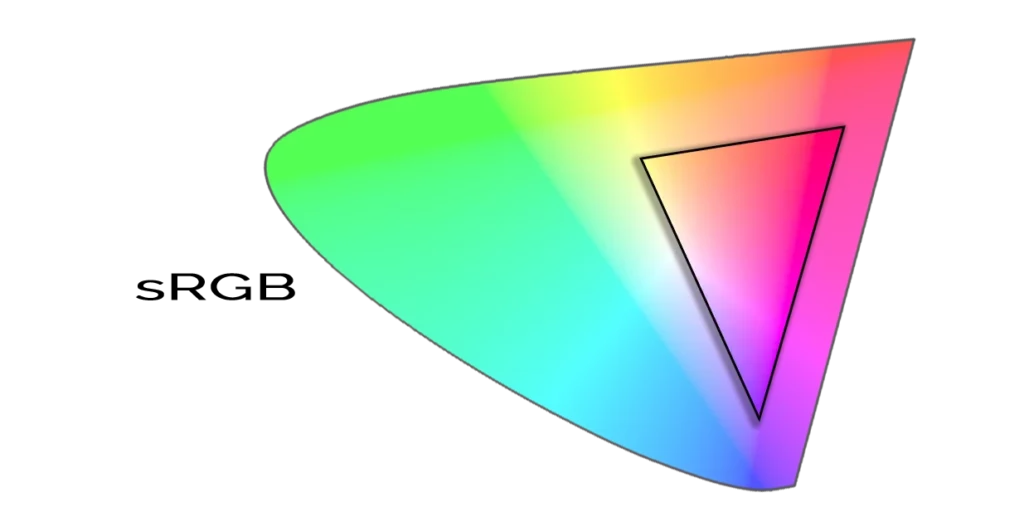
Photography as a Hobby for Beginners: Unlock Your Artistic Vision
Photography can be a fulfilling and enjoyable hobby that brings a creative outlet to your


Colour management for photographers. As a photographer, you’re no doubt familiar with colour management. After all, it’s essential to get the colours right in your photos! However, colour management could be big trouble for most photographers in a way unprecedented at the same time. So let the article enlighten the deepest photographic parts of your brain and leave you with no doubt about the topic.
Colour management is the process of accurately reproducing colours on various viewing environments such as devices, including monitors, printers, laptop displays, mobile phones, and projectors. The goal of colour management is to ensure that colours are reproduced accurately, consistently, and predictably in the viewing experience.
Colour management is vital in photography because it ensures that the colours your eyes see in your photos are accurate. Without colour management, your photos may appear washed out or flat. Colours may also appear different when you view them on other devices, such as a desktop computer monitor or a printer. Colour management can help you get the most accurate colours in your photos by means of the photo editing workflow.
Here are a few things to bear in mind if you want to get the most out of the colour management process:
Colour space
A colour space is a three-dimensional representation of all the possible colours, a device can produce, in a chromaticity diagram. Each colour has coordinates within the colour space, which you can use to identify and reproduce that colour.

Colour gamut
The gamut is the range of colours represented by a particular colour space. Gamut is dependent on the capabilities of the devices.

Colour Management Profile
A colour profile is a data set describing a device’s colour space. Colour profiles are used to ensure that colours are reproduced accurately on different devices. The International Colour Consortium (ICC) develops standards for describing colours, known as the ICC Colour profile.

Colour management system
A colour management system is a software application that helps you calibrate and profile your devices’ colour characteristics and convert colours between different colour spaces. Colour Engine is one such famous colour management system.

Colour Model
Device-independent colour is a colour representation that is not tied to any particular device or output medium. It is typically used in workflows where colorus need to be converted between different devices or colour spaces.
You can begin to establish a colour management workflow for your production with these ideas in mind. By understanding the capabilities of your devices and using a colour management system, you can ensure consistent and accurate colour replication across all of your devices.

It’s no secret that colour management is a bit of a mess in the world of photography. It might be difficult to keep track of all the various standards and equipment available. And even when you manage to get your colours calibrated, there’s no guarantee that they’ll look the same on everyone else’s screen.
This can be a real pain for photographers trying to get their work seen by as many people as possible. After all, if your colours don’t look right, potential clients may not even realize that your work is worth looking at.
Fortunately, there are some things you can do to help ensure that your colours look fabulous no matter where they’re viewed or which photo editing application is being used. Here are a few tips:
If you haven’t already, now is the time to start using a colour management system. A colour management system will help ensure that your colours are consistently reproduced, regardless of the device or software they’re viewed on.
It’s essential to calibrate your monitors regularly to ensure that they’re displaying colours accurately. There are several different ways for hardware calibration and software calibration, so consult your monitor’s documentation to find the method for your particular model that best suits your photography workflow and viewing environment.

sRGB is a relatively narrow colour gamut, but it’s still the most widely used colour space for images on the web. By working in sRGB, you can be sure that your colours will look good on most devices.
Use an ICC display colour profile type for colour management printing.
If you’re planning on printing your images, be sure to use an ICC profile specific to your printer and paper. This will help ensure that your colours come out looking their best.
Whenever possible, proof your images on the device or software you’ll ultimately view them on. This way, you can catch any potential colour inconsistency problems before they become a problem for someone else.
By following these tips, you can help ensure that your colours always look their best, no matter where they
There are a lot of misconceptions about colour management in photography. Here are some of the most common ones:
Colour management is for everyone who wants to get the best possible results from their photographs. Whether you’re a professional photographer or a hobbyist, colour management can help you get the most out of your images.
Colour management doesn’t have to be complicated. There are a few simple steps that you can take to ensure that your images look their best. Once you understand the basics, colour management is easy to implement and can make a big difference in the quality of your photos.
You don’t necessarily need expensive software or hardware to implement colour management. Many free options can be just as effective as costly alternatives.
You can use colour management for both digital and film photography. Many of the same principles apply to both types of photography irrespective of whether you are using editing software or just inks.
Colour management doesn’t have to be time-consuming. Once you understand the basics, you can quickly and easily implement them into your workflow.
You can use colour management during both the phases of shooting and post-processing images. Many of the same principles apply to each stage.
Colour management is critical for photographers. By understanding the difference profiles and the advantages and disadvantages of each, photographers can create a workflow that suits their needs. By following a few simple steps, photographers can ensure that their images are properly colour-managed from camera to print. Want to learn more about colour why not check out our other post on colour theory for photographers.

Photography can be a fulfilling and enjoyable hobby that brings a creative outlet to your

Welcome to our guide to Photoshop tutorials for beginners: A Complete Beginner’s Tutorial for Learning

Creating stunning images is all about nailing the perfect colour grade. It’s what makes your